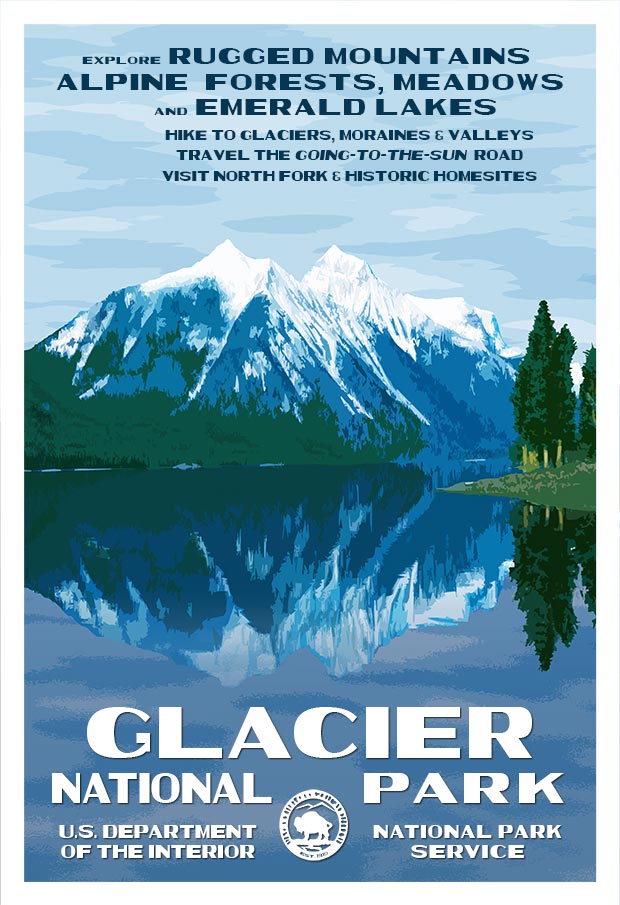
Celebrate Glacier National Park's Anniversary -- May 11th
Robert DeckerKnown as the Crown of the Continent, at Glacier National Park you can explore and experience pristine forests, alpine meadows, rugged mountains, spectacular lakes, moraines and glaciers. With over 700 miles of trails, it is a hiker’s paradise for visitors seeking wilderness and solitude. Established in 1910, today you can relive the days of old through historic lodges, chalets, transportation, and stories of Native Americans.
Glacier National Park is a located in Montana, on the Canada–United States border with the Canadian provinces of Alberta and British Columbia. The park encompasses over 1 million acres and includes parts of two mountain ranges (sub-ranges of the Rocky Mountains), over 130 named lakes, more than 1,000 different species of plants, and hundreds of species of animals.
The park has almost all its original native plant and animal species. Large mammals such as Grizzly bears, moose, and mountain goats, as well as rare or endangered species like wolverines and Canadian lynxes, inhabit the park. Hundreds of species of birds, more than a dozen fish species, and a few reptile and amphibian species have been documented. The park has numerous ecosystems ranging from prairie to tundra. Notably, the easternmost forests of western red cedar and hemlock grow in the southwest portion of the park.
Glacier National Park borders Waterton Lakes National Park in Canada—the two parks are known as the Waterton-Glacier International Peace Park and were designated as the world's first International Peace Park in 1932. Both parks were designated by the United Nations as Biosphere Reserves in 1976, and in 1995 as World Heritage sites. In April 2017, the joint park received a fourth designation with "provisional Gold Tier designation as Waterton-Glacier International Dark Sky Park through the International Dark Sky Association", the first transboundary dark sky park.
The Glacier National Park Poster measures 13″ x 19″ and is an original work by Robert Decker. The poster is based on a photograph he took on a 10,000 mile cross-country road trip in 1977. It features glacier-capped mountains across Lake McDonald. The posters are printed on “Conservation,” a 100% recycled, domestically produced (80 lb.) paper stock with soy-based inks. From start to finish, each poster is 100% American Made. Click Here for More Details

